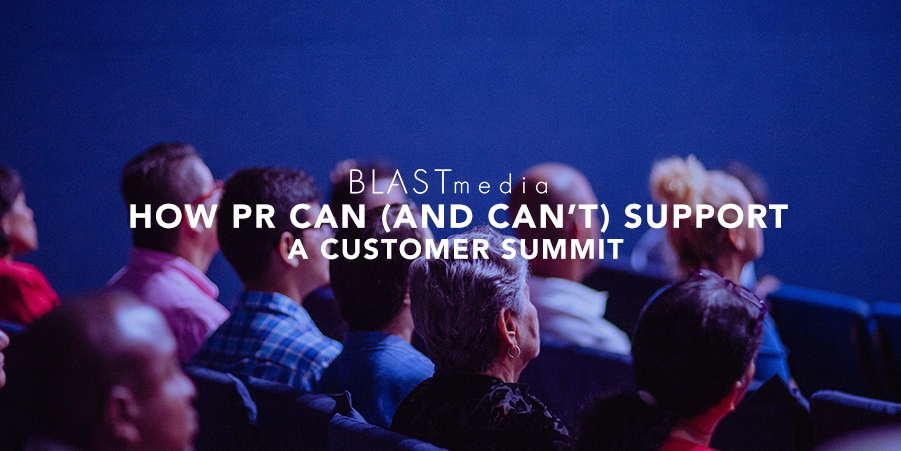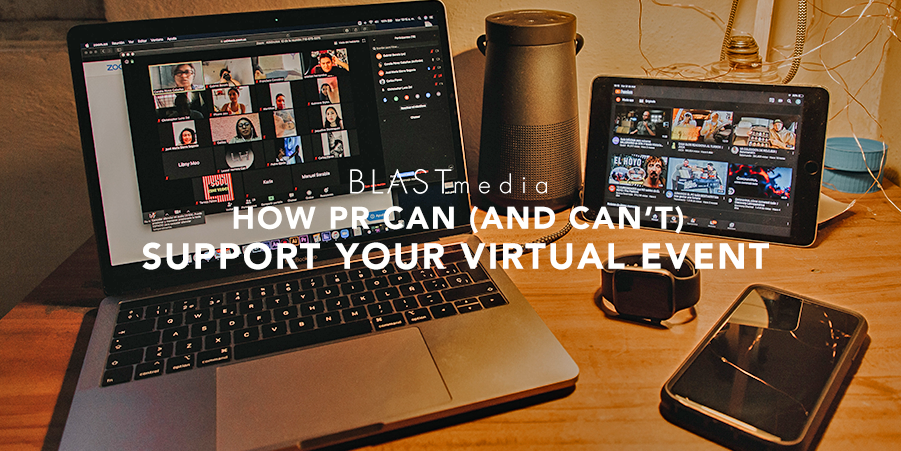Customer summits are the pinnacle of the year for many SaaS brands. Even now, we’ve seen user conference after user conference go virtual to ensure the show goes on. And with any well-planned customer summit comes a full-fledged marketing campaign, with various email pushes, digital promotions and personal touchpoints, all encouraging those valuable customers to walk through the door (or in this case, click through the login window).
Amidst the virtual realm, where face-to-face interactions are replaced by virtual conferences, the importance of creating engaging and immersive experiences becomes paramount. The incorporation of webcam chathosts around the world adds a unique and personal touch to these virtual gatherings. These hosts serve as dynamic facilitators, bridging the gap between the digital interface and the human connection that is central to successful customer interactions.
So, what part does PR play in the whole thing? While PR shouldn’t be the end-all-be-all for your customer summit, there are a few ways it can (and can’t) support your existing efforts.
Mine angles from presentations
A customer summit is a perfect place to generate angle ideas for media. Customer and executive presentations are rife with insights on the market, unique use cases and product strengths you can use in numerous ways to reach media — from a contributed article on how the market has evolved to a customer interview on how they’re using the product to solve a real-world issue. Use the presentations your customers and internal experts already compiled as a basis for thought leadership for media.
Launch a new product
A customer summit offers an excellent launch pad for new products. After all, your biggest audience, your customers, are already ready and willing to listen at that moment! If you’re ready to launch a new product at your summit, your PR team can support that momentum through a press announcement that creates buzz beyond the conference room (or Zoom room).
Avoid media invites
At the end of the day, your customer summit is meant for, well…your customers! That means it’s not always the right time and place to invite media. For example, your customers could be brainstorming roadblocks they’re trying to overcome with your product — and, while a customer summit can be the forum they need to develop a solution, a reporter slipping those issues into their writeup isn’t ideal. Inviting media to your customer summit could garner you a mention in your favorite publication, but it also carries a lot of risks.
Media attention shouldn’t be the reason for your customer summit, but by mining thought leadership topics from presentations, timing product launches to coincide with the event and avoiding risky press situations for attendees, you can further your hard work’s reach.
Once your PR team lands coverage based on your customer summit, whether through follow-up thought leadership articles or product news, you want to get the most out of it. Check out our “Short Guide to Maximizing Media Coverage” for some ideas!



